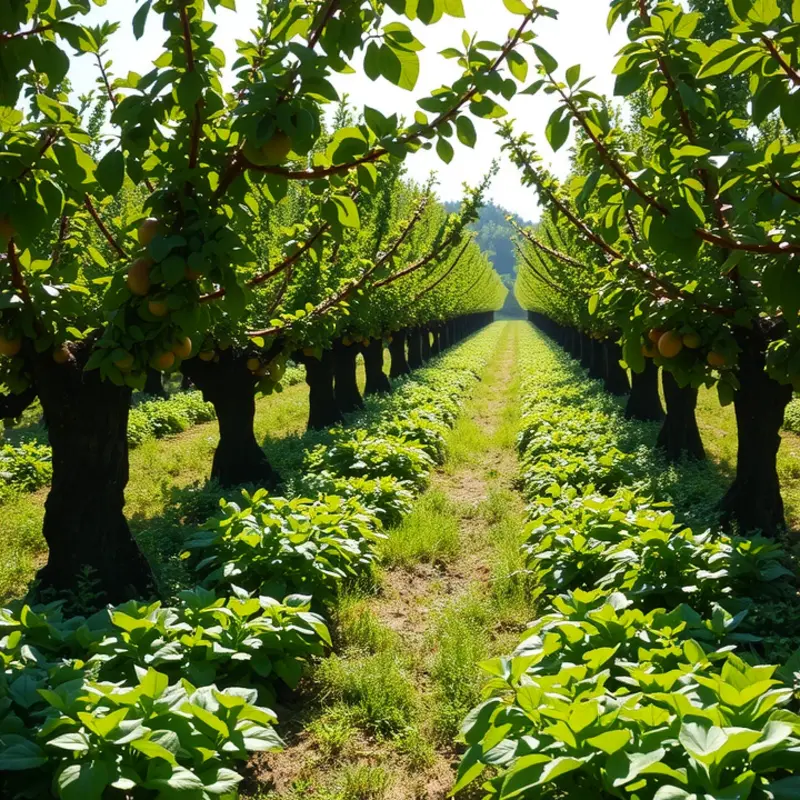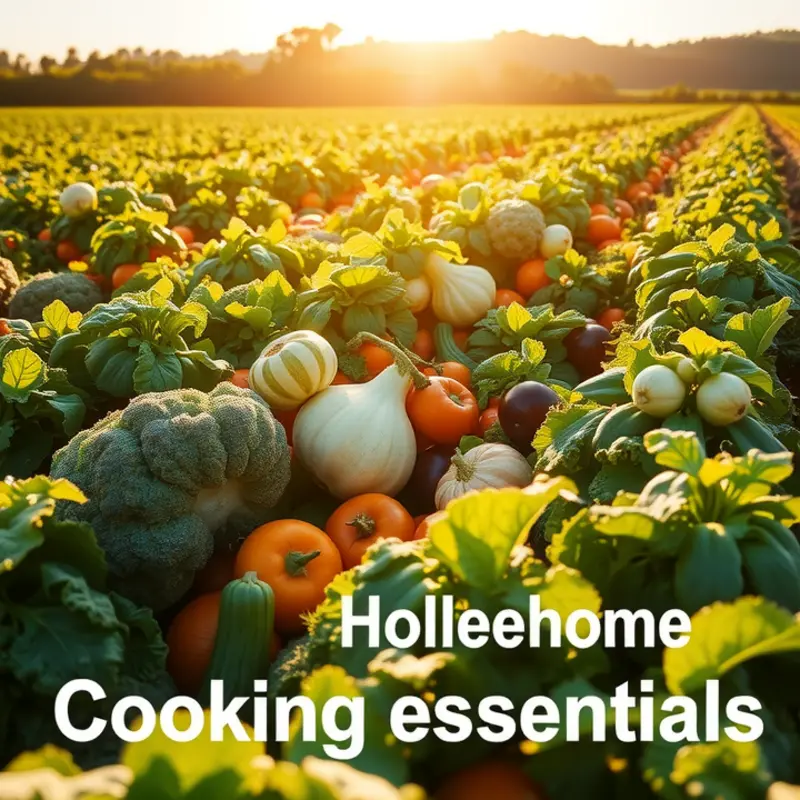Baked goods are a staple in many homes, but achieving the perfect moistness can be tricky. Dry bread, cakes, and pastries can dampen baking enthusiasm. Understanding the science behind your ingredients, along with some easy, clear methods, can elevate your baking game. From choosing the right flour to mastering moisture retention techniques, you’ll soon produce delightful baked treats that keep everyone coming back for more.
Understanding the Ingredients: The Key to Moisture

To create baked goods that boast a tender, moist crumb, understanding each ingredient’s role is vital. Fats, liquids, and leaveners form the cornerstone of moisture in baking, each contributing to the final texture and richness of your confection.
Fats like butter and oils are essential for tenderizing your bake. They coat flour proteins, preventing extensive gluten formation and resulting in a softer texture. When you increase fats in a recipe, it enhances the moistness, as they lock in moisture during baking. If you’re looking for alternatives to butter, plant-based oils or fruit purees can offer a similar moisture effect while tweaked for dietary preferences.
Liquids such as milk, water, or juice hydrate flour and dissolve sugars. They are crucial in forming the batter or dough structure. Whole ingredients generally provide better moisture content than their processed counterparts. For instance, using whole milk rather than skim can prevent dryness due to its fat content. Additionally, the inclusion of syrups like honey or maple syrup not only adds liquid but also attracts moisture from the environment, keeping bakes softer longer.
Leaveners like baking soda and baking powder are the most underrated heroes when it comes to moisture. They create air pockets within the batter, which translate into a lighter texture. However, they’re only effective if other moist ingredients support them. Incorrect proportions can result in dryness or an undesirable crumbly texture.
Choosing the right flour significantly affects moisture levels. Whole grain flours retain more natural oils and nutrients, contributing to a moister outcome than refined flours. Their higher protein content can retain more moisture, making them an excellent choice for hearty bakes. When contemplating sugar, note that sugar types influence moisture differently: brown sugar, due to its molasses content, adds extra humidity.
The inclusion of eggs as a binder and leavener introduces a significant moisture component. Their emulsifying properties ensure fats and liquids are evenly distributed, creating a smooth, stable batter that retains moisture effectively. Replacing some whole eggs with egg yolks can make your bakes richer and moister due to the yolk’s fat content.
Dairy products such as yogurt and sour cream are often underutilized moisture champions. They contain lactic acid, which tenderizes gluten, and their thicker consistency helps maintain a dense, moist crumb. These alternatives are ideal for adding extra moisture without significantly altering the recipe’s flavor.
Lastly, explore alternate ingredients like pureed fruits or vegetables as they contribute natural sugars and moisture. For instance, applesauce or grated zucchini not only add unique flavors but also keep cakes and breads admirably moist.For guidance on substituting these ingredients, you might find tips on cooking without common thickeners such as gums helpful Cooking Without Gums.
Mastering the balance of these ingredients can make or break the quest for moist baked goods. By tweaking quantities while considering the synergistic effects, you can craft consistently soft and delightful bakes that stand out on any table.
Techniques for Keeping Baked Goods Moist

Maintaining the perfect level of moisture in baked goods is crucial for achieving that delightful, soft texture everyone loves. One key area where moisture control begins is during the baking process. Temperature control is paramount. Baking at a lower temperature for a longer period can help retain moisture within the dough or batter, as it allows for even cooking without the surface overbaking and hardening. Always keep an oven thermometer on hand to ensure accuracy, as oven temperature can vary widely.
Once baked, proper wrapping is essential to lock in moisture. Using airtight wraps or containers is highly effective. When covering your breads or cakes with plastic wrap, apply a light coating of oil or cooking spray to the wrap itself; this small trick helps prevent the wrap from sticking and removes excess air, keeping the baked goods moist longer.
Storing your creations correctly can extend their freshness. Bread and cakes benefit from being stored at room temperature for a few days, but beyond that, refrigeration is recommended. However, place them in a tightly sealed container to avoid the drying effects of the fridge environment. If freezing, double-wrap with both plastic and foil to provide extra protection against dryness from the cold.
Incorporating elements like fruit, syrups, or glazes adds an extra layer of moisture. Mix in moisture-rich ingredients such as grated zucchini or mashed bananas to your batters to enhance both texture and flavor. This method not only prevents dryness but can also add nutritional benefits to your goods.
Glazes and syrups are not only visually appealing but also provide a thick, moisture-locking coat. Apply them while your bakes are still warm to allow the syrup to seep in deeply. Consider simple sugar syrup with a hint of vanilla or almond extract. The subtle aromatics will elevate the taste profile, offering both softness and a refined taste.
Moreover, you can explore substitutive ingredients to maintain moisture levels. Using oils instead of butter in recipes can often lead to a more tender crumb because of their higher fat content, which traps moisture more effectively. You can explore these substitutions and other innovative ideas through our article on using flavorful ingredients without salt for wholesome and delicious baking alternatives.
To wrap up, keeping baked goods moist doesn’t require a complete overhaul of your cooking methods. By tweaking just a few steps in baking, wrapping, and storing, you can significantly improve the texture. With these practical tips, each bite of your homemade delicacies will be just as soft and satisfying as intended, keeping dryness at bay.
Final words
Achieving moist baked goods is within every cook’s reach with the right understanding and techniques. By being mindful of your ingredient choices and implementing simple moisture-retaining strategies, you can create irresistible treats that bring joy to every table. Practice these tips as you bake, and experiment with different methods to find what works best for you. Remember, baking is as much about enjoying the process as it is about the final product. Happy baking!







